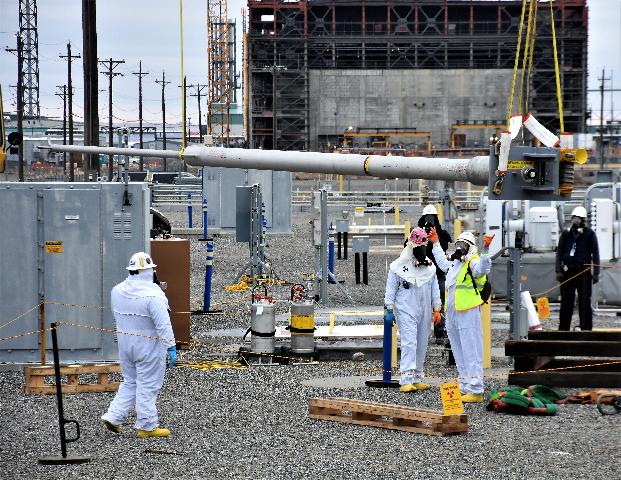
Weapons Complex Monitor Vol. 35 No. 19
Visit Archives | Return to Issue PDF
Visit Archives | Return to Issue PDF
Weapons Complex Monitor
Article 1 of 9
May 09, 2024
Agencies dub holistic deal realistic and doable; defend DOE on Hanford HLW

The Department of Energy’s decision not to impose its new high-level radioactive waste interpretation at the Hanford Site in Washington state avoided a lengthy squabble and made it easier for agencies to cut a new deal for cleaning up tank waste, an advisory…
Partner Content